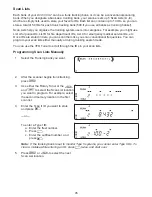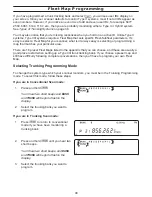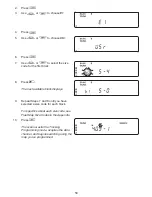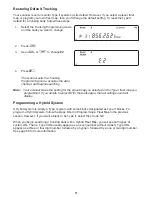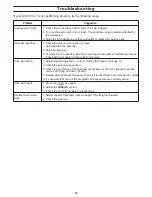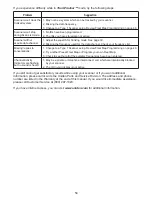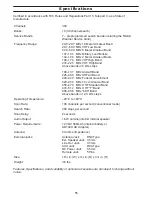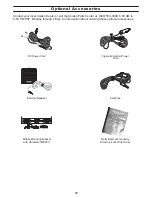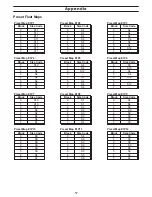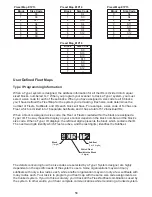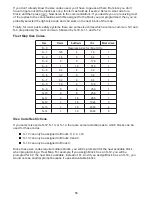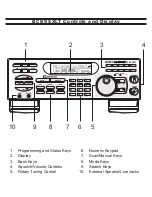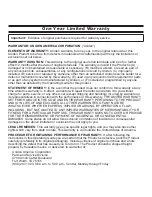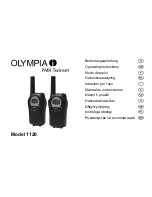
If you don’t already know the size codes used, you’ll have to guess at them. But since you don’t
have to figure out all the blocks at once, this isn’t as hard as it seems. Select a size code for a
block, and then press
S
. Now listen to the communications. If you decide you are receiving most
of the replies to the conversations with IDs assigned to the block you just programmed, then you’ve
probably selected the right size code and can work on the next block of the map.
Finally, for most public safety systems there are some size codes which are more common. S-3 and
S-4 are probably the most common, followed by S-10, S-11, and S-12.
Fleet Map Size Codes
Size
Fleets
Subfleets
IDs
Blocks Used
S–0
Reserves block for Type II IDs
S–1
128
4
16
1
S–2
16
8
64
1
S–3
8
8
128
1
S–4
1
16
512
1
S–5
64
4
32
1
S–6
32
8
32
1
S–7
32
4
64
1
S–8
16
4
128
1
S–9
8
4
256
1
S–10
4
8
256
1
S–11
2
16
256
1
S–12
1
16
1024
2
S–13
1
16
2048
4
S–14
1
16
4096
8
Size Code Restrictions
If you select size code S-12, S-13, or S-14, there are some restrictions as to which blocks can be
used for these codes.
S-12 can only be assigned to Blocks 0, 2, 4, or 6.
S-13 can only be assigned to Blocks 0 and 4.
S-14 can only be assigned to Block 0.
Since these size codes require multiple blocks, you will be prompted for the next available block
when programming a Fleet Map. For example, if you assign Block 0 as an S-12, you will be
prompted for b2, the next block available, instead of b1. And if you assign Block 0 as an S-14, you
would not see another prompt because it uses all available blocks.
59

